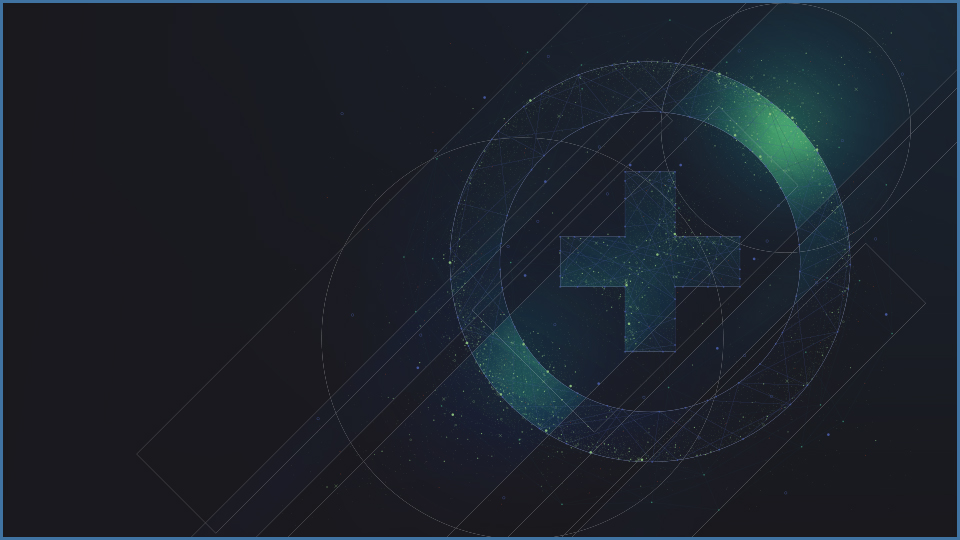The cochrane in emergency medicine and resuscitation: activities and adaptation during the covid-19 pandemic
The cochrane in emergency medicine and resuscitation: activities and adaptation during the COVID-19 pandemic
DOI:
https://doi.org/10.37051/mir-00108Keywords:
Covid-19, Pandemia, Cochrane, Knowledge TranslationAbstract
Cochrane activities are multifaceted, and all rely on the voluntary participation of scientifically independent individuals. The traditional approach to knowledge dissemination based on the publication of Cochrane systematic reviews is not sufficient, especially in emergency medicine and resuscitation. A Knowledge Translation (KT) approach is essential.
The Cochrane Acute and Emergency Care Network is particularly involved in this activity via the Cochrane Emergency and Critical Care review group, which produces systematic reviews targeted at critical care patients, and via the Cochrane Pre-hospital and Emergency Care field, which ensures the dissemination of medical information produced by the Cochrane and identifies scientific priorities at bedside. This article describes the methodology used by the two groups according to the fact that it is standardized and articulates individual and collective steps (for the writing of systematic reviews as well as for the prioritization works). A real approach to optimize the connection between scientific production and bedside constraints is essential in exceptional health situations (EHS) such as the COVID-19 pandemic. An "Integrated Knowledge Translation" (IKT) approach has been set up to complement the traditional activities of the groups. This article reviews the adaptations made in this particular scientific context.
Ensuring the transparency of the working methodology of the two Cochrane groups guarantees their scientific reliability, including in EHS. This transparency also makes it possible to propose an operating model that can be reproduced in other sectors that require a KT and IKT approaches.


